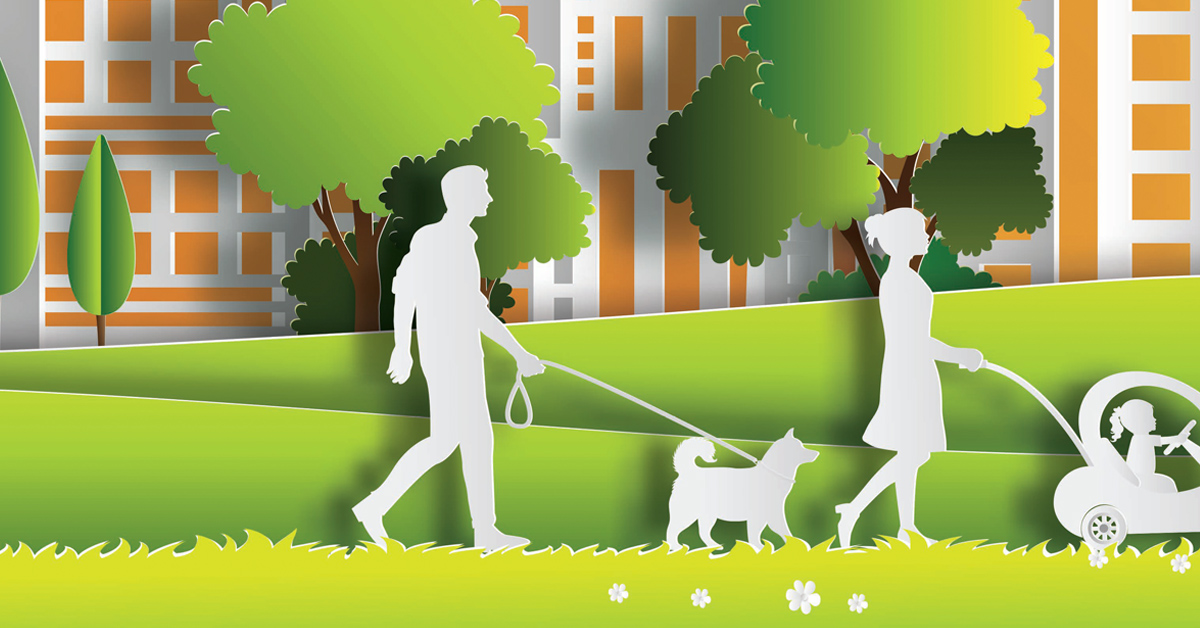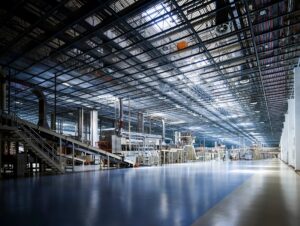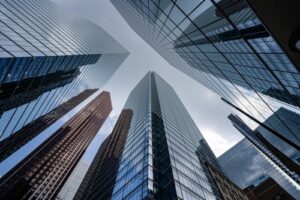In meeting the immediate challenges of the coronavirus pandemic, we in the U.S. are looking for ways to stimulate economic development and create healthier, more prosperous and resilient communities. One step toward that vision is to build or renovate a new generation of energy-efficient, high-performing buildings.
Mortgage brokers and lenders can — and already do — play an important role in promoting the construction and development of green commercial buildings and apartments. And it’s not just because this is good for society. This market is worth your attention because, increasingly, your investor clients and lenders want to be involved in the green market.
The green-building industry has grown consistently. Based on surveys, for example, Dodge Data & Analytics predicted that green projects would comprise the bulk of the work for 45% of all U.S. construction companies in 2021, up from an estimated 32% in 2018. This, in itself, demonstrates that both tenants and building owners are eager to lease and own modern, energy-efficient buildings. But several other case studies and research also make the case that green buildings are a good investment.
From a lender’s point of view, certified green commercial buildings are safer collateral than their nongreen counterparts. Efficient buildings with lower energy costs historically have lower rates of default. This makes the green building attractive to the investor and the lender alike. Often, it also is possible for commercial mortgage brokers to obtain better terms and interest rates from their lenders on these assets than an otherwise identical nongreen building.
According to a 2019 CBRE study of the 30 largest U.S. office markets, 42% of the transactable commercial space in these markets was certified as green, typically by Energy Star or LEED.
Green-building basics
Green buildings make sense for lenders and investors for different reasons, since each have their own expectations and viewpoints. Investors tend to be willing to take on greater risk than the typical lender, but they expect to be rewarded via asset appreciation and returns. In this regard, the green building has proven to be an excellent investment.
Studies suggest that efficient buildings produce a “green premia” because of their high performance. Buildings certified through Leadership in Energy and Environmental Design (LEED) and Energy Star command substantially higher rents and sales prices than otherwise identical buildings. Green buildings also are at a lower risk of losing their value through obsolescence. These attributes tend to raise the value of a green building and effectively “future proof” the asset — both of which are highly important considerations for real estate investors.
The green-building market can no longer be labeled an obscure sideline of the greater commercial estate market. According to a 2019 CBRE study of the 30 largest U.S. office markets, 42% of the transactable commercial space in these markets was certified as green, typically by Energy Star or LEED. Studies also suggest that workers in green office buildings tend to be more productive. For all of these reasons, it is easy to see why investors have been fueling a boom in green-building construction projects.
Lenders evaluate commercial properties through a different lens than the investor. The typical traditional lender tends to be far more risk averse. A lender’s primary interest is the default risk and to ensure that the borrower can repay the loan. To mitigate that risk, lenders expect a property to generate steady, positive cash flow over the loan term. Lenders also want proof that a property can withstand economic fluctuations, market competition and a natural aging process.
Lenders also evaluate whether the property can withstand extreme weather events, deterioration, breakdowns in energy infrastructure and, as we have seen today, economic shocks brought about by pandemics. Like an investor, a lender also wants to see the property appreciate in value relatively quickly but for a different reason. A higher value will lower the asset’s loan-to-value ratio over its term and thus reduce the default risk.
A growing number of mainstream commercial mortgage lenders view properties that are formally certified as green as better collateral.
Less risky
A growing number of mainstream commercial mortgage lenders view properties that are formally certified as green as better collateral. A recently published study in the scholarly journal Real Estate Economics mapped the relationship between sustainable property features and their corresponding commercial mortgage default risk. It found that green buildings certified to a certain level have a mortgage default risk that is 34% lower than a nongreen counterpart.
Notably, a 2015 study also showed that real estate investment trusts (REITs) had lower costs of capital when refinancing green-certified buildings. REITs enjoyed spread advantages of about 35 basis points compared to transactions involving otherwise equivalent but noncertified collateral. Taken together, these studies demonstrate that green-certified buildings obtain substantial pricing discounts, which is a reflection of the lower default rates and perceived risk of certified green collateral.
The aforementioned studies are consistent with Fannie Mae’s perspective on green-certified multifamily-housing projects. In recent years, Fannie Mae has valued certified green collateral more highly than its nongreen counterpart by offering a lower rate on loans backed by green properties. Multifamily properties that are certified, typically by LEED or Energy Star, receive a mortgage rate discount that in recent years has been as high as 10 basis points.
Even with mortgage rates at historically low levels, 10 basis points is real money. A reduction of the interest rate from 5% to 4.9% on a $10 million multifamily loan, for example, would save nearly $57,000 in interest payments over a 10-year term. Put succinctly, Fannie Mae associates green multifamily properties with lower risk and chargers borrowers a lower interest rate.
Fannie’s green program also is rooted in strong interest from the financial markets. In 2019, Fannie Mae issued $22.8 billion in multifamily green mortgage-backed securities, which comprised 32% of the company’s overall multifamily issuances, Fannie announced this past June. In a news release, Fannie Mae’s Chrissa Pagitsas, the director of the agency’s multifamily green initiative, said that “the cumulative and growing volume of our green-bond issuances demonstrates the significant demand for quality mortgage financing and investment products that generate positive environmental, social and financial outcomes.” This statement bodes well not only for the green multifamily market served by Fannie Mae and Freddie Mac but for green commercial assets in general.
Looking ahead
U.S.-based lenders have a history of spurring environmentally responsible borrower behavior. Following the hazardous waste spills that gave rise to the federal Superfund law, lenders now almost universally require borrowers to undertake a Phase I Environmental Site Assessment as a condition of funding.
These assessments added transparency to the degree of environmental risk associated with collateral that has negative environmental issues. What is different now is that some of the same financial institutions are focusing on the positive environmental benefits of green buildings, including their resilience to climate change.
There is certainly increased application on a global level of environmental, social and governance (ESG) metrics — including the real estate-specific metrics that focus on entire portfolios of buildings. The virtual tsunami of ESG-focused investing, coupled with advances in high-performance building valuations, make it increasingly reasonable to assume that the positive trends in the green-building market will continue. These buildings will gain more value and become even more popular with lenders and investors.
The outlook for green buildings can be summed up with a story. A few years back, a sustainable-building proponent and an apartment developer happened to be on the same boat to Hong Kong. The developer, upon hearing where the other man worked, mentioned that all of his new buildings were LEED certified. When asked why, the developer responded with a puzzled expression: “For some reason, it made my lenders happy.” ●
Author
-
Roger Platt is the senior vice president of the U.S. Green Building Council (USGBC). In addition, he is a trustee of the Urban Land Institute and the Center for Architecture. Before joining USGBC in 2009, Platt served for 15 years as senior vice president and counsel at the Real Estate Roundtable. Before that, he was a senior land-use associate with the Coblentz law firm in San Francisco. He is a graduate of Harvard University and the University of San Francisco School of Law.
View all posts






